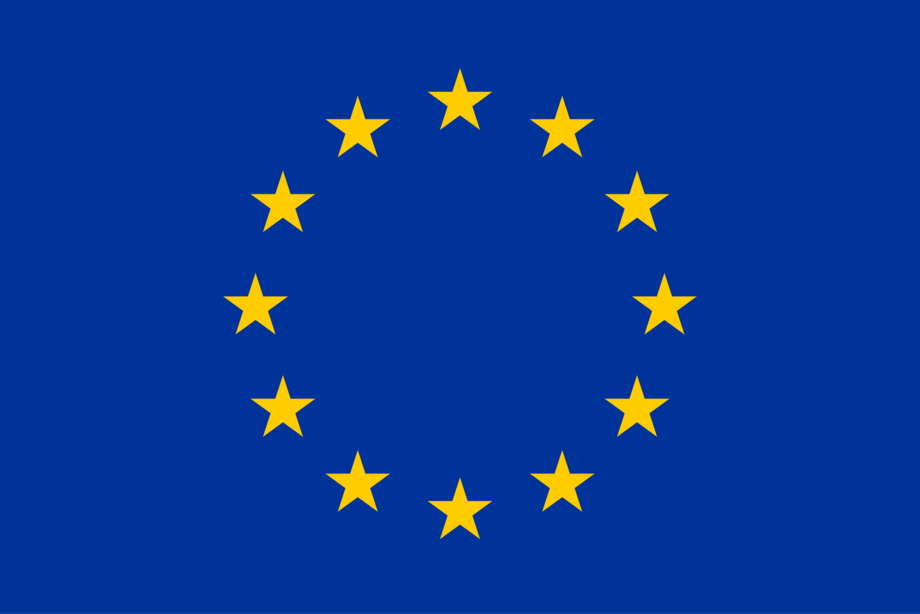Details
Euro-NGI - Design and Engineering of the Next Generation Internet

The main mission of the Euro NGI network is to create and maintain the most prominent European center of excellence in Next Generation Internet design and engineering, acting as a "Collective Intelligence Think Tank",representing a major support for the European Information Society industry and leading towards a European leadership in this domain.
The recent technological advances will lead to exploitable innovative services once the integration of these technologies through innovative architectures is achieved.
The Next Generation Internet (NGI) will offer view multi-service/multimedia, mobility, convergence (services and fixed-mobile), Quality-of-Service and variable connectivity as the norm. On one hand, future high-speed wire-line and wireless access technologies provide instant high bandwidth connectivity, which makes difficult to forecast traffic and thus to apply existing traffic engineering methods. On the other hand, the technology diversity explodes and mastering such a heterogeneous environment becomes essential to the network designer. This requires investigation into new multi-technology architectures. It is understood today that new design, planning, dimensioning and management principles are needed.
In this context, the main topics addressed by the NoE are:
- Mastering the technology diversity (vertical and horizontal integration) for the design of efficient and flexible NGI architectures.
- Providing required innovative traffic engineering architectures adapted to the new requirements and developing the corresponding appropriate quantitative methods.
The network experts bring the required competences on the various technologies that will be integrated. They also bring a worldwide recognize expertise on the various topics that composes the traffic engineering and optimal dimensioning domain.
| Principal Investigator(s) at the University | Prof. Dr. Hermann de Meer (Lehrstuhl für Informatik mit Schwerpunkt Rechnernetze und Rechnerkommunikation) |
|---|---|
| Project period | 01.12.2003 - 30.11.2006 |
| Source of funding | Europäische Union (EU) > EU - 6. Forschungsrahmenprogramm (6. FRP) |
| Projektnummer | 507613 |

